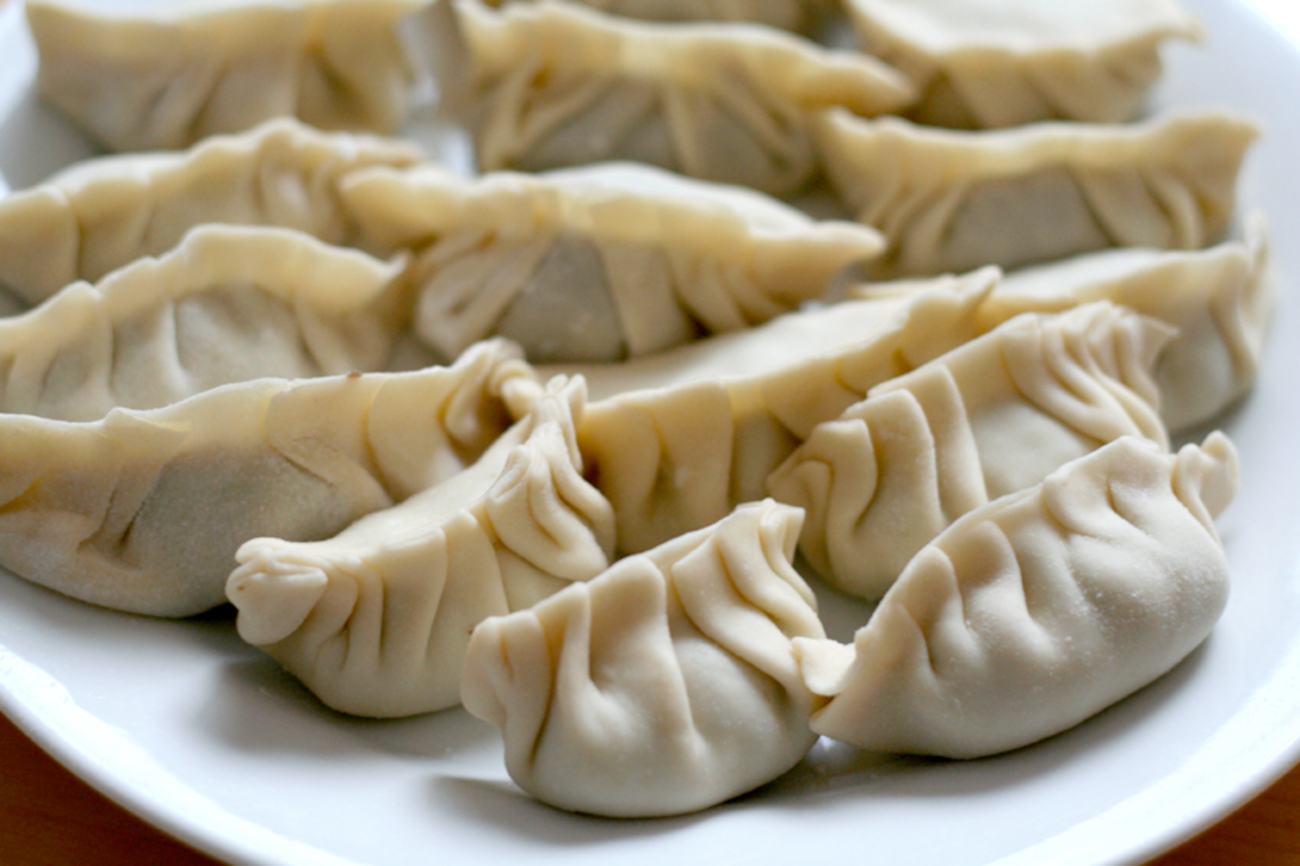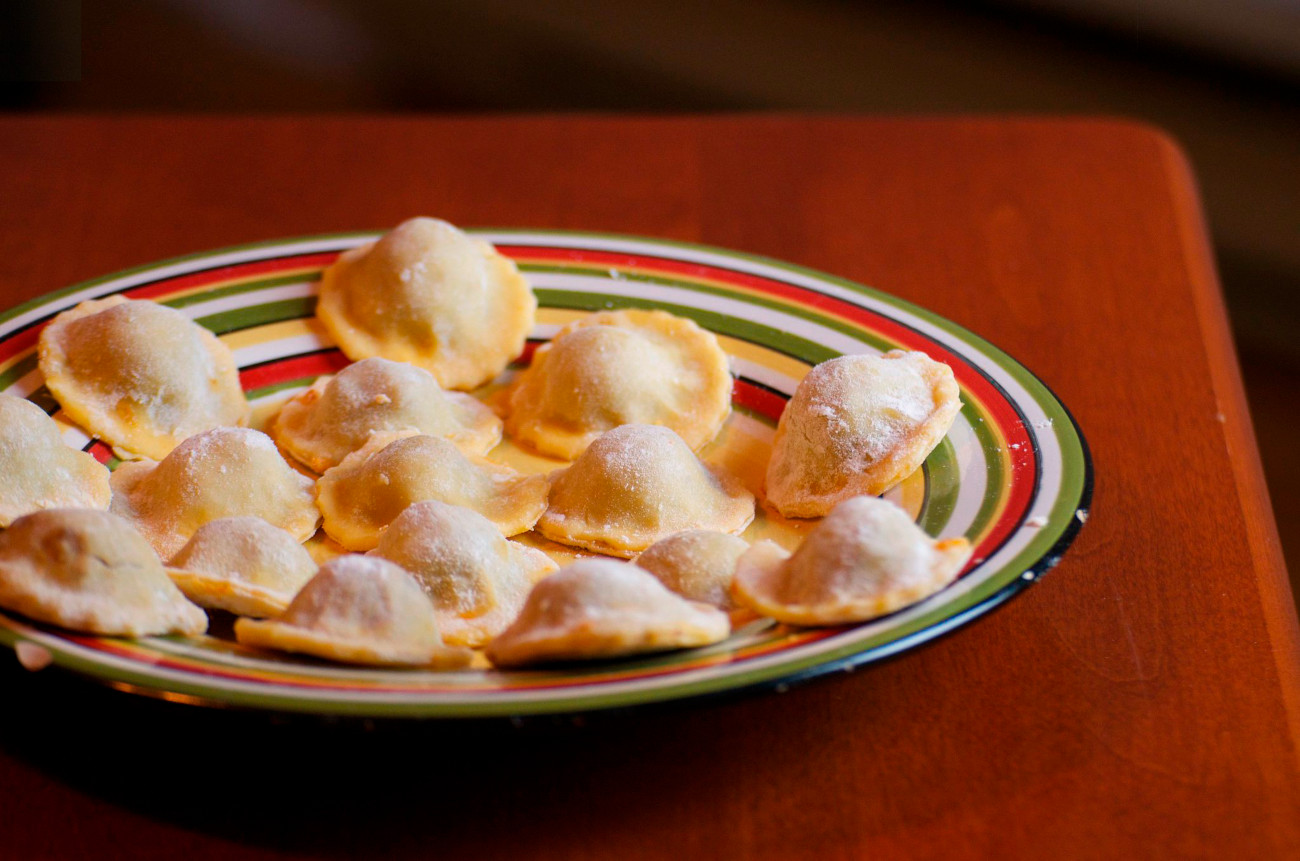The dumpling is a jack of all trades, wrapping a region’s offerings in a suit of dough and cooking it in a variety of ways. Whether it be a fried hand-held street food, a protein-packed lunch, or a delicately steamed ceremonial delight, there’s no one true dumpling. What’s even more interesting is that the dumpling isn’t just sequestered to your daily dose of takeout, it’s a cooking concept that crosses the Eurasian continent-spanning back centuries. How did the dumpling straddle across borders, and what makes the dumpling a binding foundational food?

There is no true, clear-cut origin story of the dumpling. While it popped up independently in a variety of locations across the world, it also spread across the continents through war and trade.
The Silk Road Effect

Even though trade is a strong diffusor of food traditions, war is probably the effective way food splashed into new territory, and this is evident in the Arabic and Mongol empires that used the Silk Road. The Mongol Empire, with their dumplings of minced lamb (horse meat was probably used as well) onions, and herbs, followed their conquered path, seeping into East Asia, Central Asia, and Eastern Europe.
The Iranians in the Middle East, with their qutab (a sort of stuffed flatbread), were brought over to India through conquest. Their original qutab was the predecessor to the sanbusak, more famously known today as the samosa. The Iranian cuisine that fostered dumplings spread throughout the Arab World and into India through varying trade routes didn’t just stop there. Arab trade occurred in regions of the Mediterranean as well. Italy’s proximity to the Mediterranean Arabic World is what brought dumplings into Italian cuisine.
The Dumpling’s Staying Power

So what made the dumpling stick into this menagerie of societies? Dumplings – in all of their varying derivatives — are both celebratory and conservative. A dumpling can be made as fancy as possible, not just with the filling, but with the intricate dough crimping and shaping as well. Dumplings also act as a way to feed many without having to use up all of your resources. Wrapping food with a dough acted as a way to stretch and preserve food. If you’ve made dumplings, you’ll know that dumplings cannot, effectively, be overstuffed. You only need a small spoonful of filling for each individual dumpling. Meaning a little bit of meat went a long way. You could stretch the meat even further by cutting the meat with cabbage, onions, dried fruits, chopped nuts, and varying herbs to feed a crowd without a lot of actual substance.
Both High and Low

The outer coating of the dumpling wasn’t for show — the dough acted as a protective barrier, especially when fried, taking the dumpling off of the plate and into the traveling hands of the consumer, making it perfect for the travel required for trade and war. Their shape, either round or crescent, was the easiest symbol one could visually coordinate with money, making them edible talismans of sorts that gave them a seasonal or special appeal, separating them from their more utilitarian counterparts.

In some regions, dumplings refer to simple globs of dough boiled in a broth or stew. Sobagaki of Japan was a simple paste of ground buckwheat and water boiled in liquid. This was eaten by peasants who would give all their rice away for payment or tax, left only with lowly buckwheat as a source of carbohydrates. The pre-Mongolian dumplings of Europe have similar origins, eaten in the most frugal of times without a lot of prep. The dumplings you find in the American Southern cannon of foods — chicken and dumplings — are a remnant of these old European ways of cooking, showing that dumplings don’t have just one standard structure.

The latter examples of dumplings are probably the most simple, but most think of dumplings and think of hard work. And while many think making dumplings is a long and tedious extra step, it hasn’t stopped people from carrying on the culinary traditions of dumplings. When dumplings hit Italian shores and slowly morphed into a unique Italian dumpling, ravioli, these pillows of delicate pasta stuffed with meats, dried fruits, nuts, cheeses, and herbs were reserved specifically for the upper class. When ravioli broke out of the upper crust of society, they, like the mantou dumplings of China, were reserved for special occasions among the common class. In some regions ravioli, with its tedious, thin dough making, was (and still is) a special food to have around Christmas time.

In short, the dumpling is an odd food, encompassing both high and low cuisine. Dumplings could be the most luxurious of foods for the most lavish of celebrations as well as being the most economical way to transport and stretch nutritious protein for a large group of people. It helped traveling warriors and tradesmen across one of the greatest stretches of land masses. And when the dumpling settled into a new land it didn’t just stay, it thrived, and adapted to the new regions, creating a unique dish ubiquitous with that area and that area alone.













